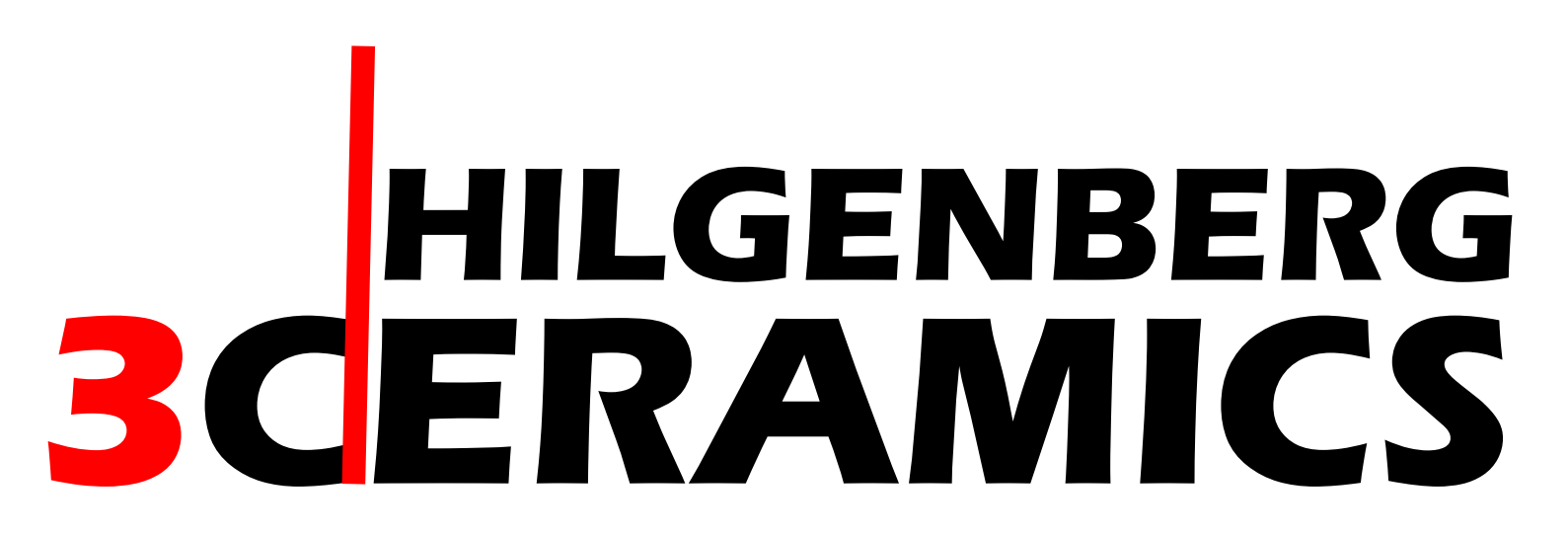CNC Machining of Technical Ceramics
Every year, ceramics open up new applications in which plastics and metals were previously used. The main focus here is on use under the most adverse conditions. Thermal and chemical stability, operating temperatures of up to 1,600°C, hardening similar to diamond and electrical insulation are just a few examples of the advantages of technical ceramics. These properties lead to existing applications being optimized and some innovations being made possible in the first place.
Our company has gained a lot of experience in the processing and production of technical ceramics in recent years. Our main focus is still 3D printing, but many requests do not need to be additively manufactured. We have therefore expanded our portfolio and now offer you the option of machining components using CNC milling.

Advantages of CNC milling compared to 3D printing
Some components that are requested for 3D printing do not necessarily have to be additively manufactured due to their geometry or require tighter tolerances than can be reproduced using 3D printing. In this case, we offer CNC milling as an alternative. Here is a brief overview of the advantages:
Higher precision: the accuracy of 3D printing is limited by the print resolution to a maximum of one tenth of a mm. If tighter tolerances are required, CNC milling offers the possibility. Tolerances of up to ± 20 µm can be achieved
Cost advantage: 3D printing is a comparatively expensive manufacturing process and is therefore more suitable for prototyping and smaller quantities. For larger series, milling offers cost advantages due to higher automation
More materials: In 3D printing, only a few raw materials have established themselves as stable in production. CNC milling is generally possible for any material. This offers greater flexibility when choosing the right raw material for your application
Shorter delivery time: Ceramic 3D printing involves many process steps that make it difficult to deliver at short notice. CNC milling offers the possibility (after the initial setup of the component during the initial order) to accelerate these delivery times by reducing the number of process steps.
Contact us if you have any questions about your specific application.
